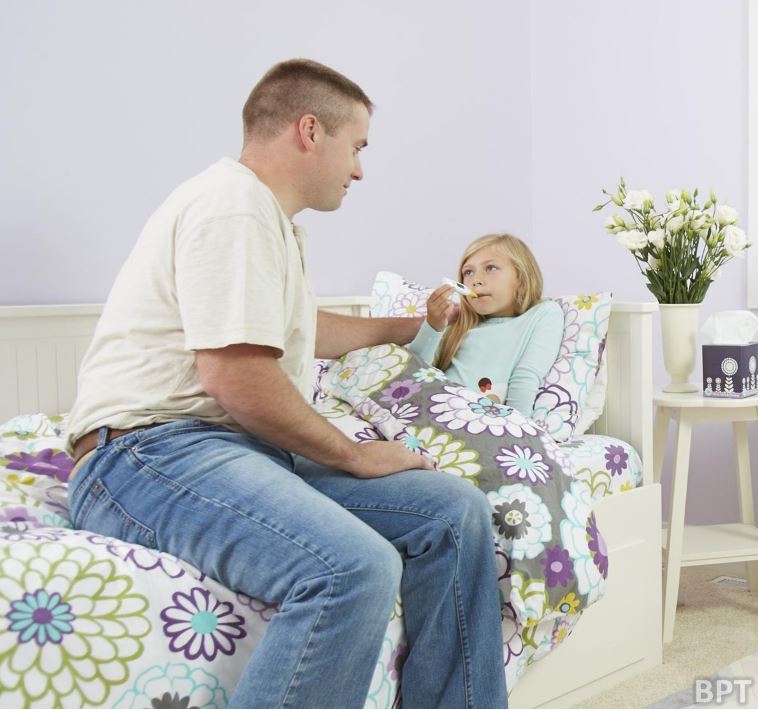Top 3 Reasons for Building Green
Will traditionally built homes soon join the ranks of the 8-track tape and the manual typewriter? Ed Begley, Jr., environmentalist and star of HGTV’s hit show Living with Ed, believes that may indeed come to pass. I interviewed Ed during the Earth Day celebrations in Washington D.C. and asked him about the future of green building and remodeling. “In today‘s spiraling housing market, builders need to do whatever they can to set themselves apart,” said Ed. “It just makes sense that in such a competitive environment, builders cannot continue to do what they‘ve always done and expect to thrive, or even survive.” Ed also discussed the primary reasons homeowners should build green.
THE TOP 3 REASONS TO BUILD GREEN:
1. Better Value
It used to be much more expensive to build green, however, increased demand for green materials and systems has resulted in more competition and increased production. It is now possible to build a custom green home for the same cost as a traditional custom home. Susan Colwell, CEO of MyGreenCottage, explains “We can build affordable green homes because as a national company, we benefit from quantity discounts on materials and streamlined building techniques. We also work with local builders to teach and certify them in green building.”
Other Cost Considerations:
- Higher resale value (typically 5-8%)
- Energy savings: On average, a green home uses 50% less energy than a traditional home. With the cost of energy spiraling and gas approaching $4.00 per gallon, energy savings has become a much higher priority to homebuyers. Many consumers view an energy efficient home as they would a fixed rate mortgage: a way of ensuring that no matter how high energy costs rise, they‘ve locked in savings for the future.
- Lower maintenance costs: Homes built with green integrated panel systems are not vulnerable to termites, carpenter bees/ants, rot, dry rot or mold
- Tax Breaks- many states offer attractive tax benefits for building green.
- Immediate monthly savings: You don‘t have to wait for green systems to pay for themselves. By wrapping energy saving systems, such as geothermal, radiant floor heat, energy star appliances, etc. into an amortized mortgage, the house payment may increase by only $25 per month while energy savings will likely exceed 3-4 times that amount so homeowners come out ahead from day one.
- Replacement savings: A geothermal system lasts twice as long as an air-conditioner system or heat pump so you won‘t have to replace it anytime soon.
2. Health and Safety
Health:
Studies indicate that indoor air pollution in many traditional homes is far worse than the exterior air. Interior air pollution is particularly dangerous for children. The sharp increase in asthma and respiratory disease in the past 10 years has been directly linked to pollution. Traditional building materials, such as pressed wood and PVC pipe, off gas formaldehyde and other toxins and pollutants are increasing the risks for certain forms of cancer. Luckily, Lowes, Home Depot, and other building supply centers are beginning to carry alternative green products. As awareness and demand continues grow, the prices for such materials should become ever more competitive.
Fire Safety:
Fire Safety is another important benefit of building green. While not true of all green homes, the green builders who use a steel/panel/ and concrete fiberboard system cut the chance of your home burning to almost zero. How? A fire needs air to propagate. These panels are filled with insulating foam that does not contain enough air to burn, therefore the fire won‘t spread. This was demonstrated by firemen on an episode of NBC‘s House Smarts.
Natural Disasters and Floods:
Steel/panel homes are also more resistant to natural disasters, such as hurricanes and high winds, than a wood framed home and are not susceptible to rot or mold after flooding.
This chart provides an overview of the differences between a traditionally stick-built home vs. a steel/panel built home: Shown the differences side by side, why would any consumer choose a traditional home?
3. The Environment
One home really does make a difference. In the 30-year time frame it takes to pay off a mortgage, the average family building green can prevent 222 tons of carbon dioxide from entering the atmosphere.
Many Americans heat their homes with furnaces or boilers. Most furnaces and boilers burn fossil fuels such as heating oil or natural gas, which emit greenhouse gases. Electric heating also emits significant greenhouse gases but at the power plant.
Carbon is one of the 3 top greenhouse gasses believed to be contributing to global warming. It also contributes to pollution and poor air quality.
Clearly, building green just makes sense: for you, your wallet and for the planet.
Adrienne van Dooren is National Marketing Director for MyGreenCottage and author of The House that Faux Built: Transform Your Home with Paint, Plaster and Creativity.







Leave a Reply